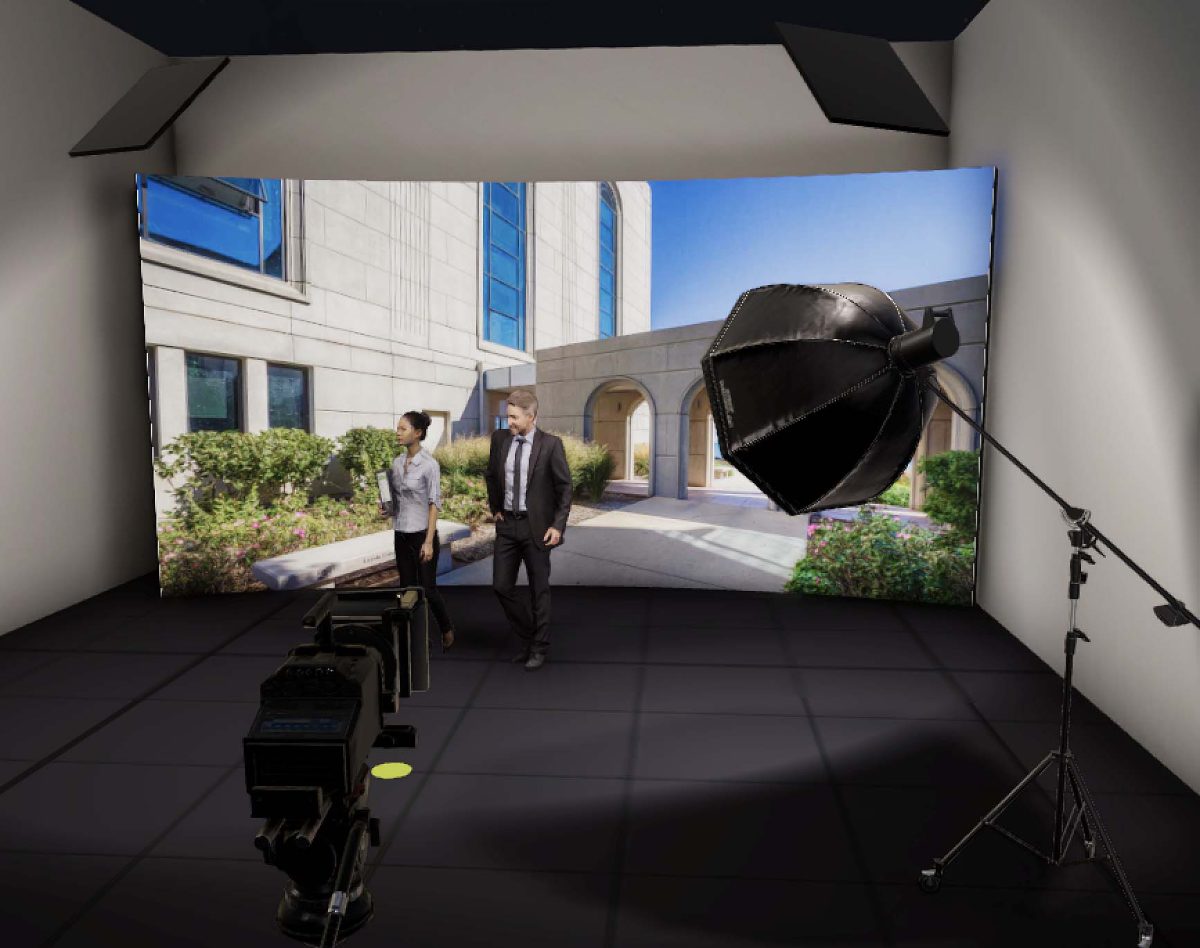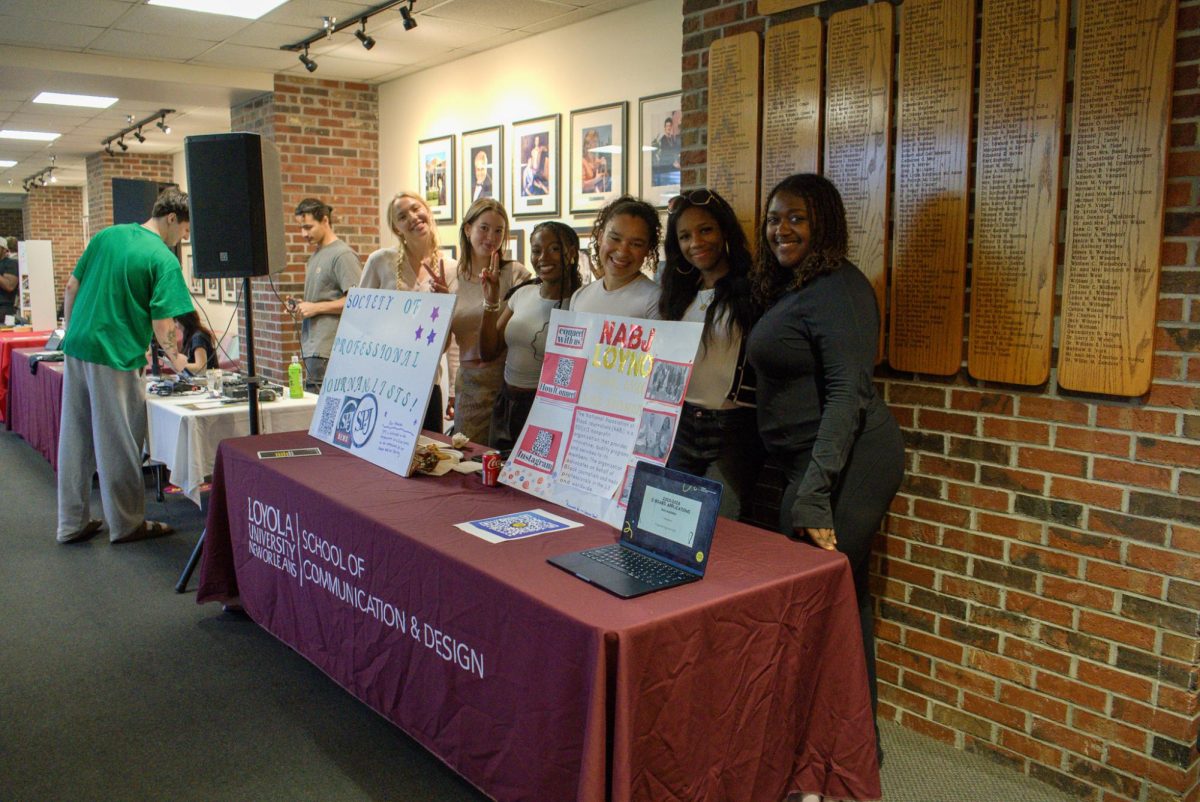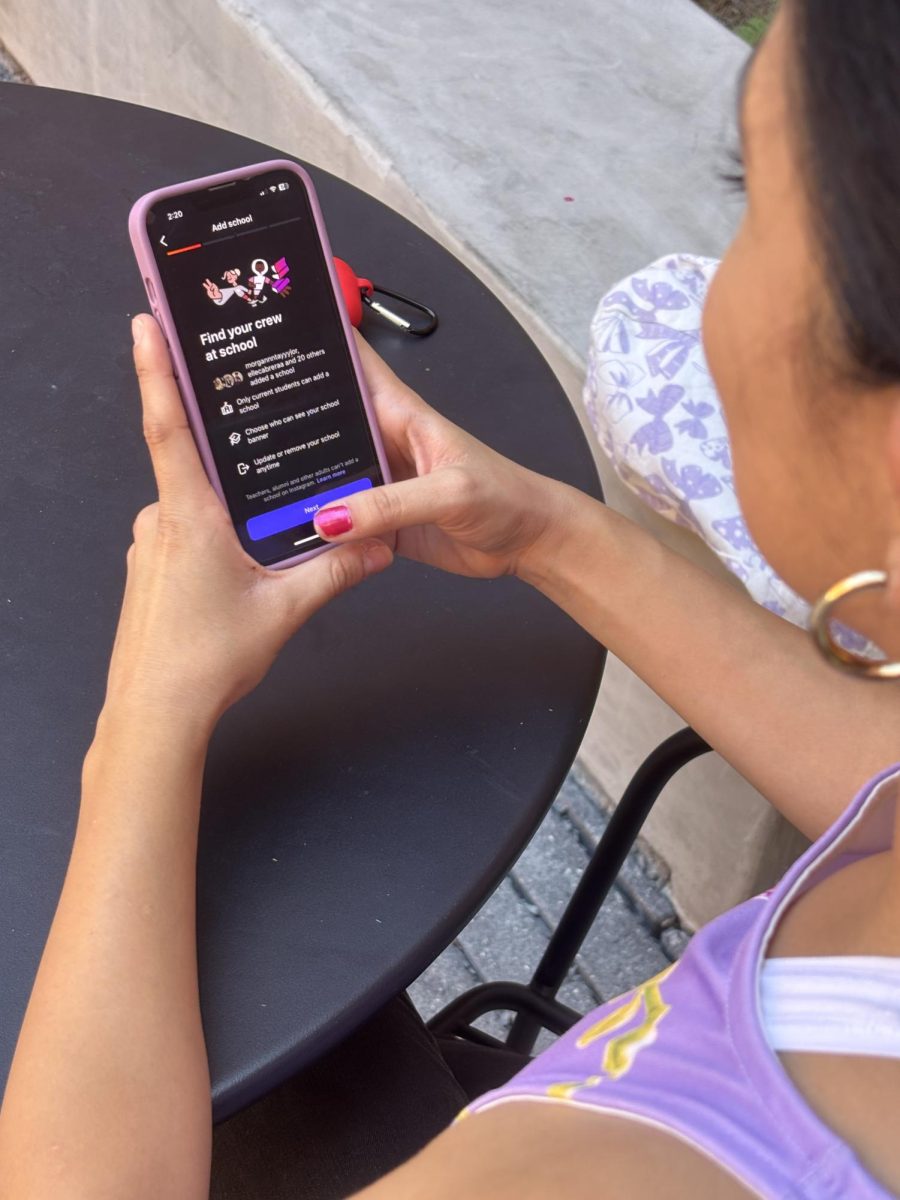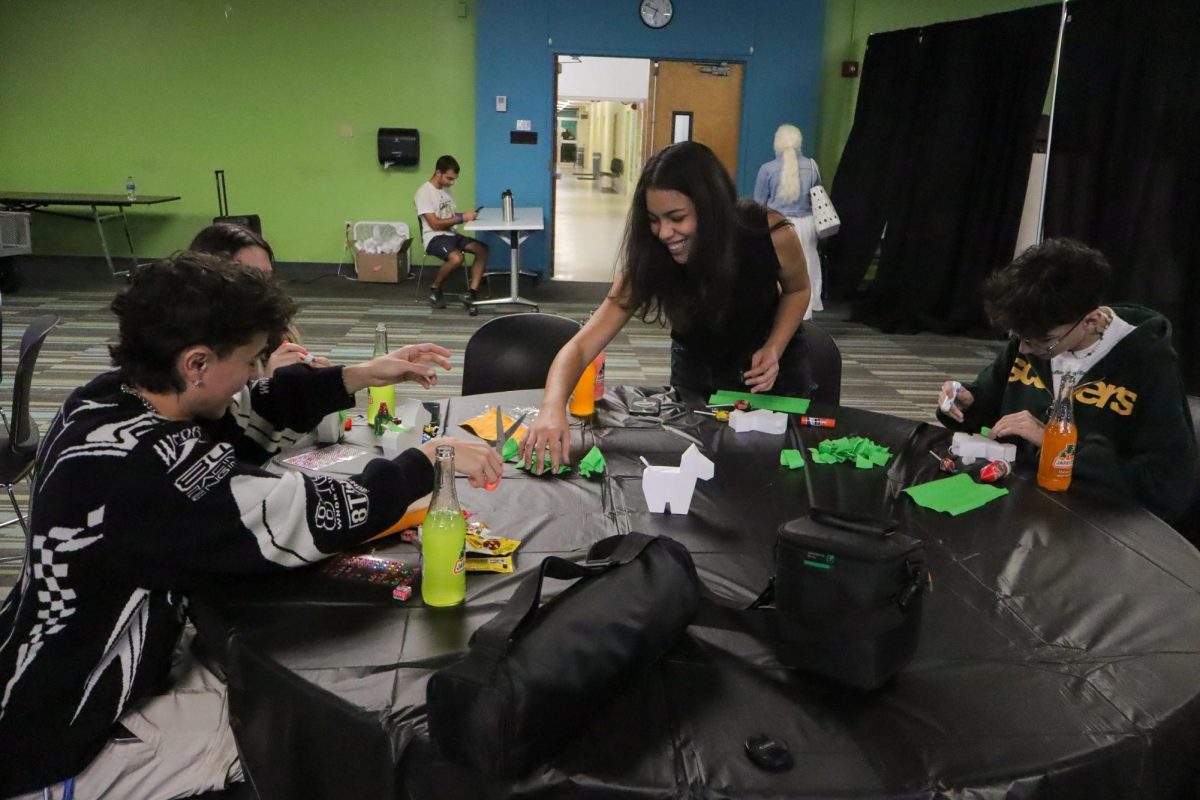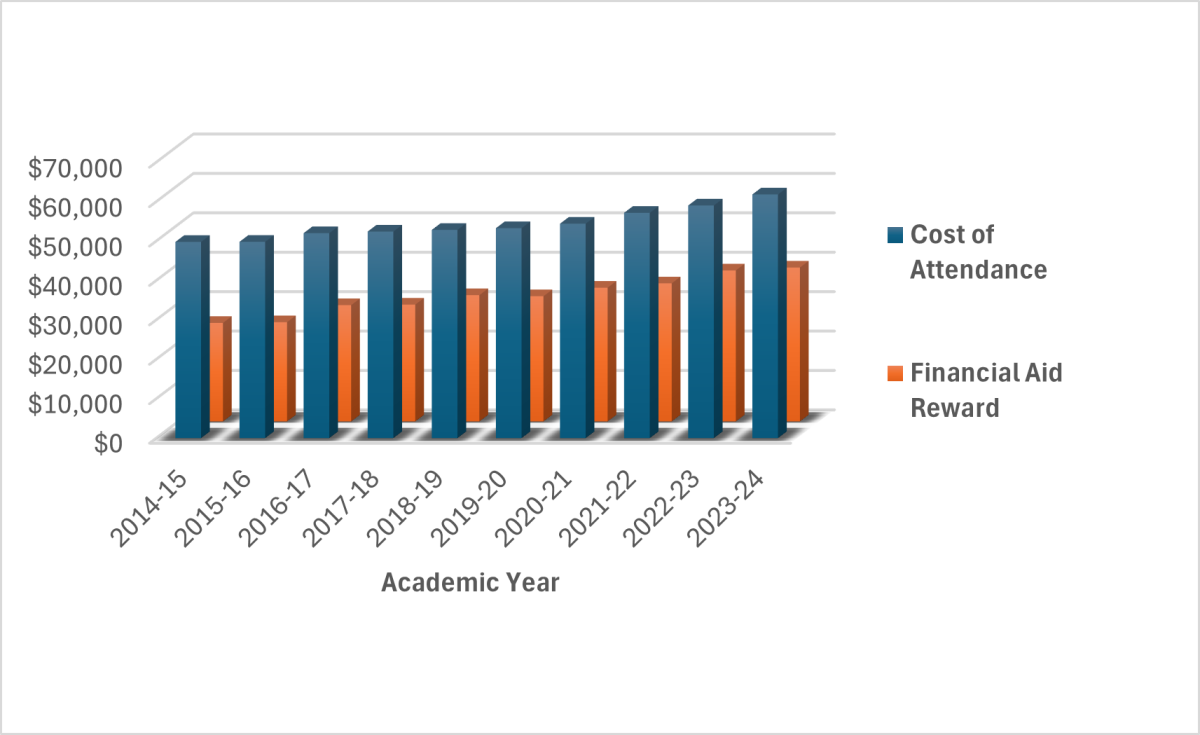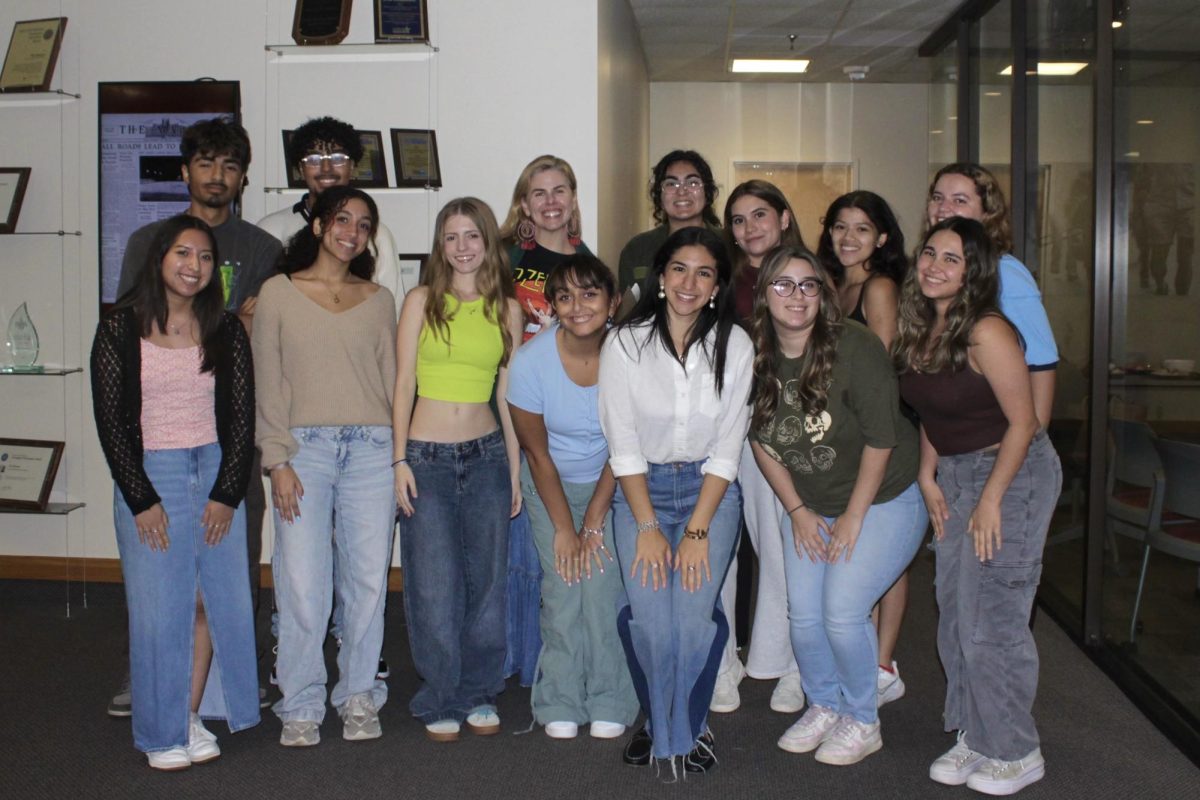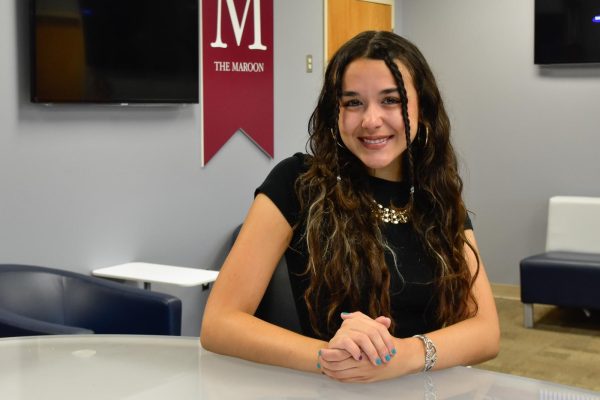The digital filmmaking department has devised a plan to enhance the program with state of the art technology with a $700,000 grant.
Dean of the College of Music and Media Sheryl Haydel, Film Program Chair Miles Doleac, and film professor Nathan Tate collaborated on a multi-step plan over the next three years, from new cameras to a volume wall.
Doleac said the university applied for the grant from the Louisiana Entertainment fund to enhance the department’s equipment. At the beginning of the semester, the program received the grant.
Initially, Haydel came to Doleac with a suggestion to pursue an installation of a high-resolution volume wall for the film department with the grant provided by the film foundation. This installation is a giant LED television screen on which you can project an immersive virtual set, Doleac said.
The plan for the application was a phased budget allocating the funds across a three year period of disbursement. The grant is capped each year by the entertainment development fund.Loyola can receive no more than $250,000 in a given year.
Phase one of the application involved purchasing new equipment, including camera lenses and lighting, Doleac said. The department acquired Sumire lenses along with Red V Rapor cameras. Camera holdings, lenses, lighting, and all the accouter camera monitors have received significant upgrades, he said.
In the second phase, the department will install a volume wall. This 3-D interactive technology uses motion-sensitive cameras, light-emitting diode panels, and game engines to create virtual-world backgrounds. Students will be able to act in front of this screen with their own visual designs. This technology has been used in Disney and Lucasfilm’s “The Mandalorian,” according to a press release from Loyola.
According to Doleac, current seniors will shoot their senior projects on the Red V Raptor cameras and the new lenses acquired as part of this grant.
Tate said the department chose those specific cameras for their global shutters. These cameras capture an image all in one instance as opposed to the top to bottom scanning of rolling shutter cameras. This upgrade combats the common issue of skewed footage with camera movement.
Doleac said the program once had antiquated monitors which caused disruptive monitor lag. Now, film students will have access to cameras used to shoot $100 million Hollywood studio pictures on high quality glass, he said.
Volume walls have been commonly used in bigger budget studios like Disney and Lucasfilms, the Mandalorian, according to Doleac.
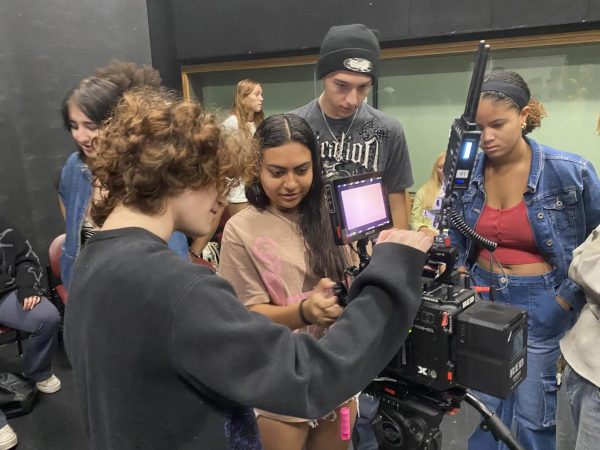
“This technology really is critical to the future of our industry,” Doleac said. “This is an area that we felt like we needed to embrace.”
This advanced technology allows for motion tracking, which means that the sets can move with the performers in front of the wall. Location possibilities become endless, Doleac said.
“I think students are very excited about the volume wall, its possibilities, and the avenues it opens up for production,” Doleac said. “It really just opens up an entirely new production landscape for us.”
Doleac said the department’s intention is to instill industry standard technology for the students, so when students graduate they are prepared with the ability to use “real world” tools. With this upgrade, he said, “we’re really there.”
Current screenwriting and script-to-screen classes teach to write material that is logistically possible to shoot, and with the volume wall, users can write any location and create it virtually, Doleac said.
Phase two and three entail building a virtual studio with the led volume wall in Studio 422 of the Communication and Media Complex.
Experts will come to the school to educate students on how to build virtual world sets, bringing virtual production design to the classroom, Dolelac said.
“We want them to be more acclimated to the environment of, you know, actual production,” Doleac said.


